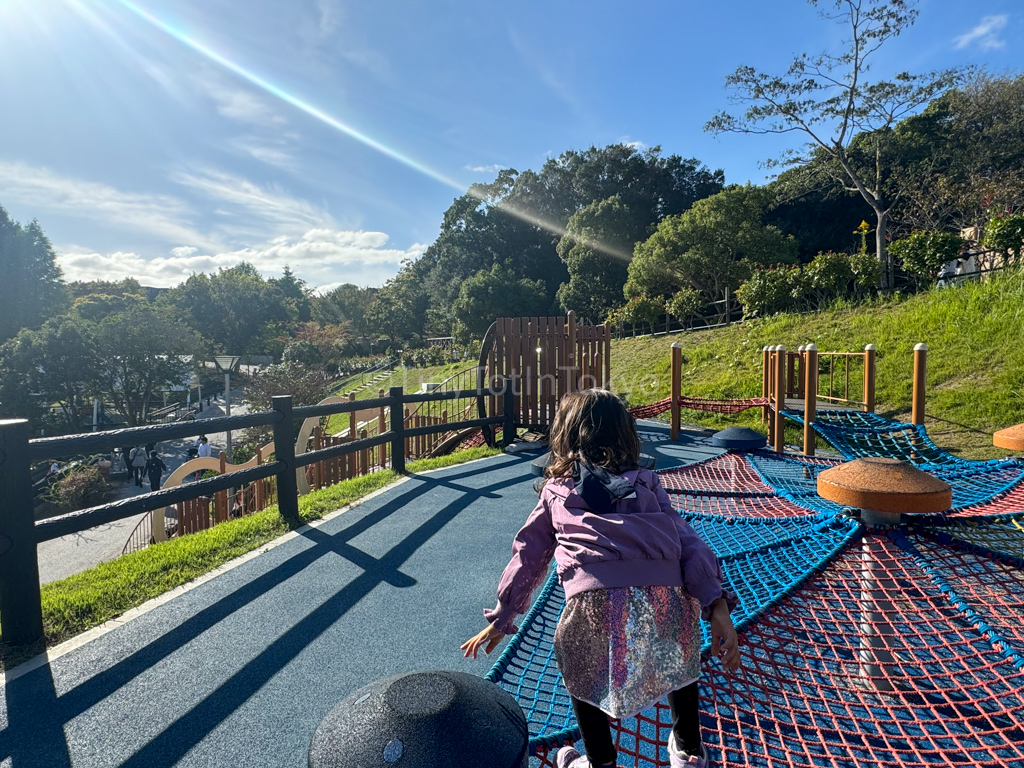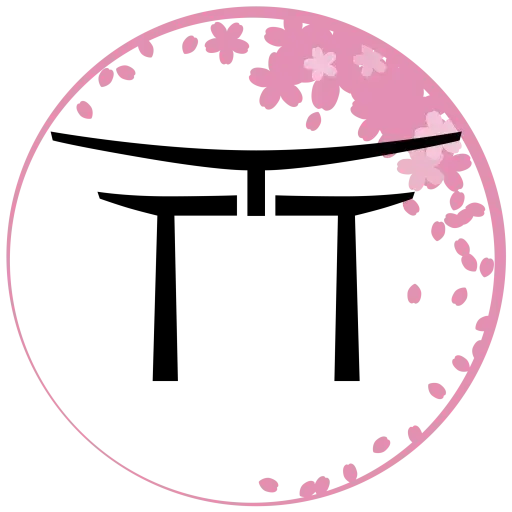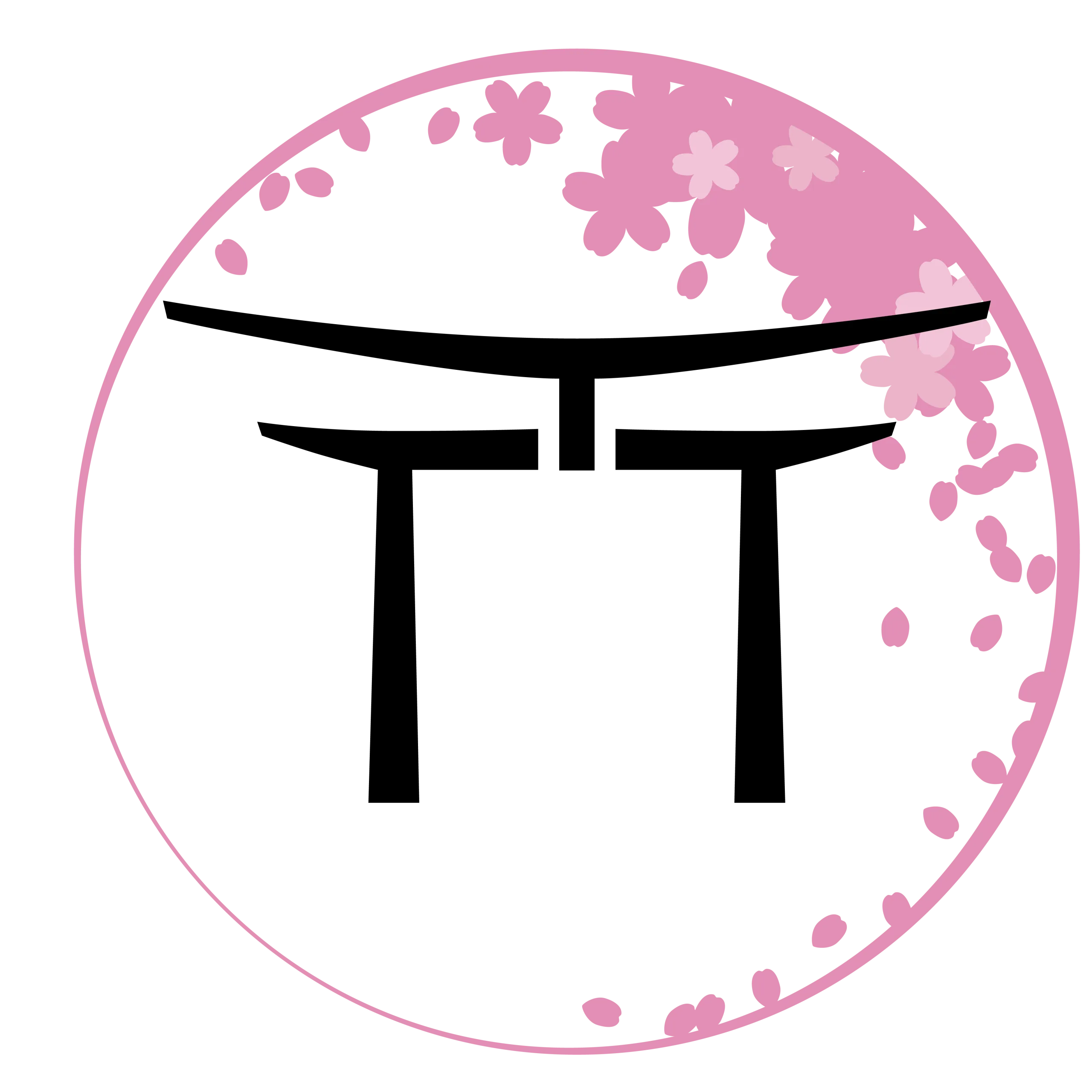Japanese School Year and the Age of Kids

Last Updated on July 24, 2025 by Kay
This post may contain affiliate links, meaning I may earn a small commission on any purchases through those links at zero additional cost to you. Whatever I make goes to keeping this website running and I am forever grateful for the support. See my Privacy Policy for more information.
The Japanese school year system and how that influences how the Japanese view age can be confusing, so let me break it down for you.
In Japan, the school year (as well as the fiscal year) starts on April 1st and ends in March. Children start preschool at around age four in Japan and elementary school at age at around age seven.
I say “at around” because the age children start preschool and then elementary school in Japan depends on their birth month.
Children who will turn four years old from April of that year to March of the following year are considered preschoolers and are sometimes considered “4 years old” even if they’re not. The same goes for elementary school and onwards.
For example, let’s look at my daughter.
She was born in July 2019.
She officially started preschool in April 2023 before she was four years old. She would turn four in July 2023. Meanwhile, she had three-year-old classmates who won’t turn four until March 2024, but they were in the same grade and also considered preschoolers.
She will start elementary school in April 2026, so she’ll be six years old.
This system can lead to some confusion for people, especially tourists with kids.
For many indoor playgrounds and attractions in Japan, children are charged according to age. But although a website or sign for a particular business might state something like “Kids ages 4-12” in Japanese (こども 4〜12歳), they might not necessarily mean only 4-year-olds and all 12-year-olds are included.
There might be fine print stating 未就学児 (preschoolers) or referring to the school year (新学年開始日). In this case, if you’re visiting somewhere in April, a three-year-old might be considered a preschooler (a four-year-old) if they turn four anytime from April of that year up until March the following year.
Similarly, a six-year-old might be considered an elementary school student in Japan and no longer a preschooler despite that they haven’t turned seven yet.
And a 12-year-old might sometimes be considered a junior high school student despite still being in elementary school.
It’s very confusing, isn’t it?
You might be wondering, “So what do I do? Should I purchase a [insert attraction here] ticket for my child or not?”
Firstly, not all businesses classify children’s ages according to the school year.
If a business’s website or sign for an activity or attraction is in English and says nothing about Japanese school years or no other detailed information about age, follow the exact age categories they have provided. Because that’s what they wrote. If they want to be fussy about it, then they should provide more detailed information in English.
If a business’s website or sign has information only in Japanese and uses terms like “preschool” or “elementary school” to group kids, you’ll need to follow those age categories, no matter how nonsensical it may seem.
For the record, I’ve raised my daughter in Japan since she was born. She’s five years old now and I’ve never been asked to prove her age — ever. Granted, she is half-Japanese and her size is standard for Japanese children around her age.
If your child is larger than the average Japanese child (if you’re not sure I have a size chart in this article), you might be asked to provide their identification to prove their age.
For those wondering about the ages of elementary school students and so forth in Japan, refer to the information below.
Preschool: Ages 3-6
Elementary School: Ages 6 to 12
Junior High School: Ages 12 to 15
High School: Ages 15 to 18

